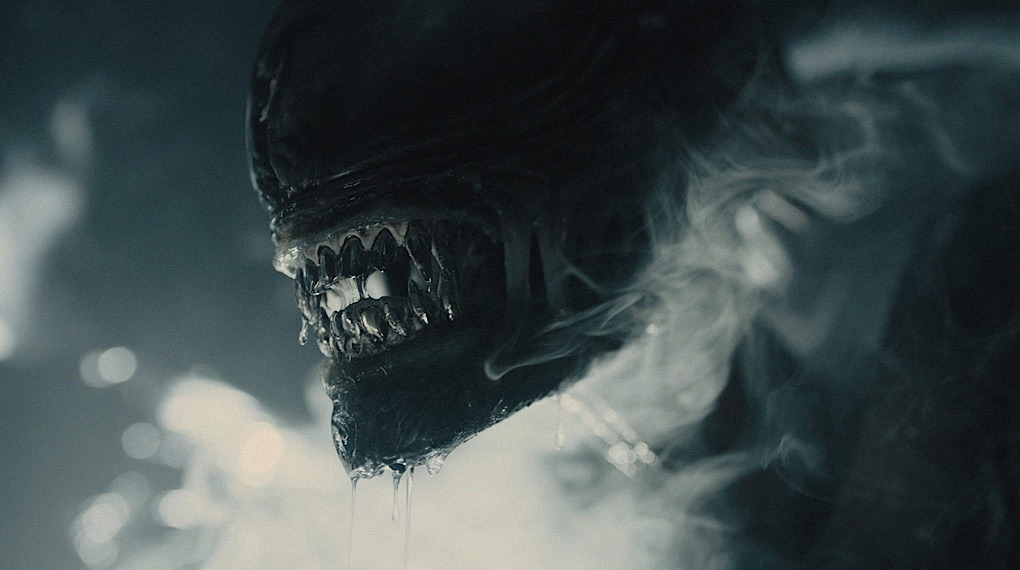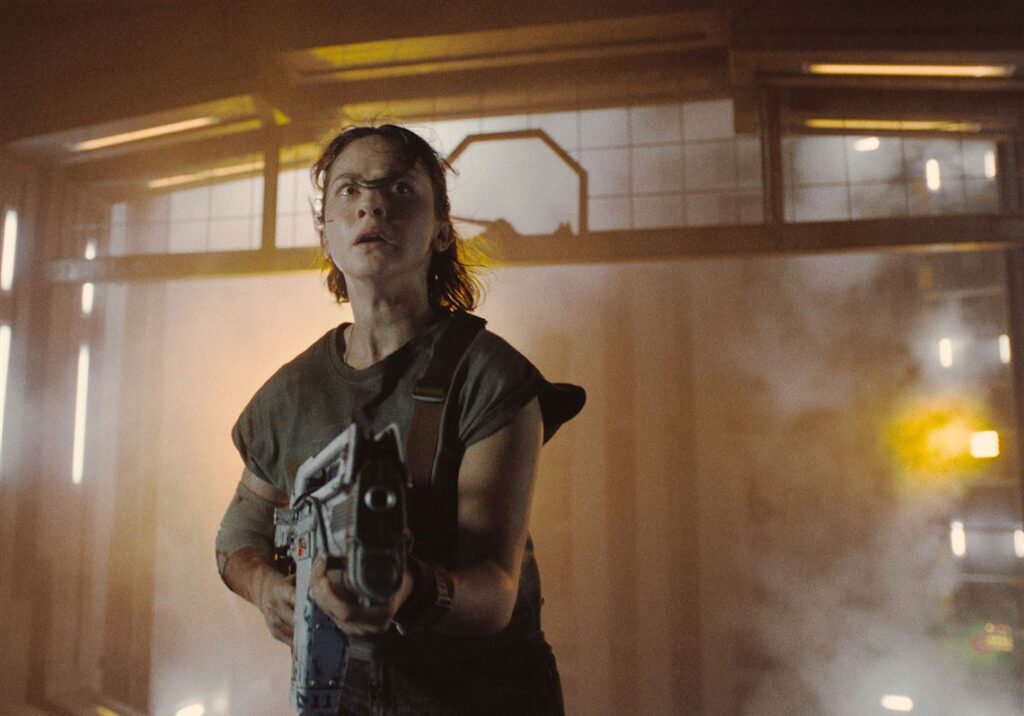Excitement is building among Alien enthusiasts as director Fede Álvarez takes the reins of the latest sequel, Alien: Romulus. Álvarez has pledged to bring back a filmmaking style that has largely faded from Hollywood’s repertoire.
Alien: Romulus, the seventh installment in the iconic sci-fi series, marks the first entry since Ridley Scott’s Prometheus (2012) and Alien: Covenant (2017). While Scott’s recent films received mixed reactions, Álvarez aims to recapture the visceral horror and intensity of the original Alien and James Cameron’s Aliens, both of which remain classics. His approach promises the same level of terror, gore, and fierce alien confrontations that defined the franchise.
Recently, Álvarez presented select footage from the upcoming film to critics in London, ensuring no spoilers were revealed. He discussed his comprehensive involvement in the production, from manipulating Facehuggers to handling certain visual effects himself. Álvarez’s core philosophy is to use practical effects wherever possible, avoiding green screens and minimizing CGI. Even spaceship scenes were created using scanned miniatures.
Álvarez emphasized that for him, the audience’s immersion and the believability of special effects are paramount, setting him apart from many contemporary blockbuster directors. “Ideally, we fool you, which is what I think movies to a certain extent have stopped trying to do,” he explained, contrasting his approach with the CGI-heavy superhero films that have dominated the past two decades.
While Álvarez acknowledged the entertainment value of Marvel and DC films, he noted that these movies often don’t aim for photorealism. He reminisced about the days when special effects would make audiences marvel at the realism, a reaction he feels has been lost. “But we haven’t given up,” he stated, highlighting the extensive effort required to make Alien: Romulus as convincing as possible.
Álvarez also revealed that the film includes stop-motion shots and criticized Hollywood’s tendency to rely on CGI because it is faster and can simplify production challenges, despite being more expensive. For Álvarez, practical effects offer the unique joy of seeing creations come to life on set.
The Xenomorph, the franchise’s most iconic creature, is brought to life in Alien: Romulus through a blend of animatronics and a stunt performer in a suit. Nigerian actor Bolaji Badejo originally portrayed the creature in the 1979 film, and his on-set photos have become legendary. Álvarez intends to honor this legacy by using similar techniques, rather than resorting to CGI.
Recalling his first encounter with the Xenomorph actor in full costume, Álvarez shared a humorous story about the actor being guided around due to limited visibility. Despite the initial awkwardness, Álvarez was confident in the effectiveness of practical effects. “Part of the art of this is to know how to shoot them,” he said, underscoring the importance of perspective in filmmaking.
Alien: Romulus, set between the events of Alien and Aliens, follows a group of young space colonists who encounter the franchise’s terrifying lifeform while scavenging a derelict space station. The cast includes Cailee Spaeny as Rain Carradine, David Jonsson as Andy, Isabela Merced as Kay, Spike Fearn as Bjorn, Aileen Wu as Navarro, and Archie Renaux as Tyler.
As Álvarez succinctly put it during the screening, “Things are going to go really wrong for them.”
Alien: Romulus is set to hit theaters on August 16.



